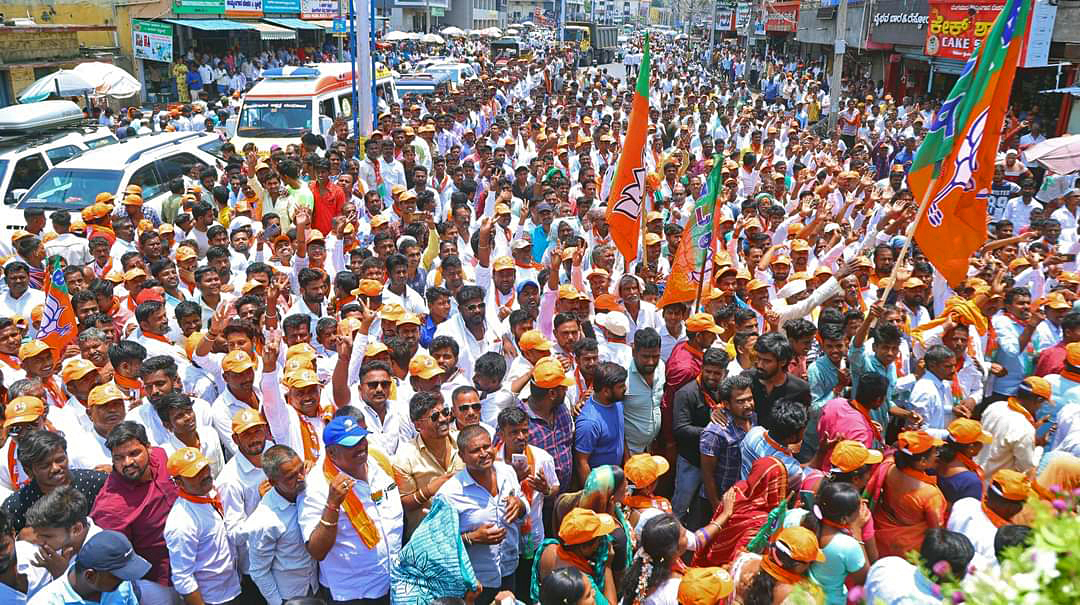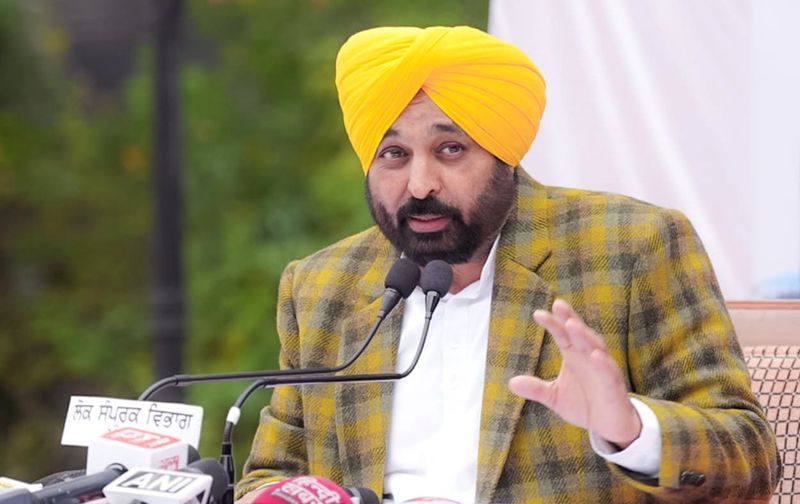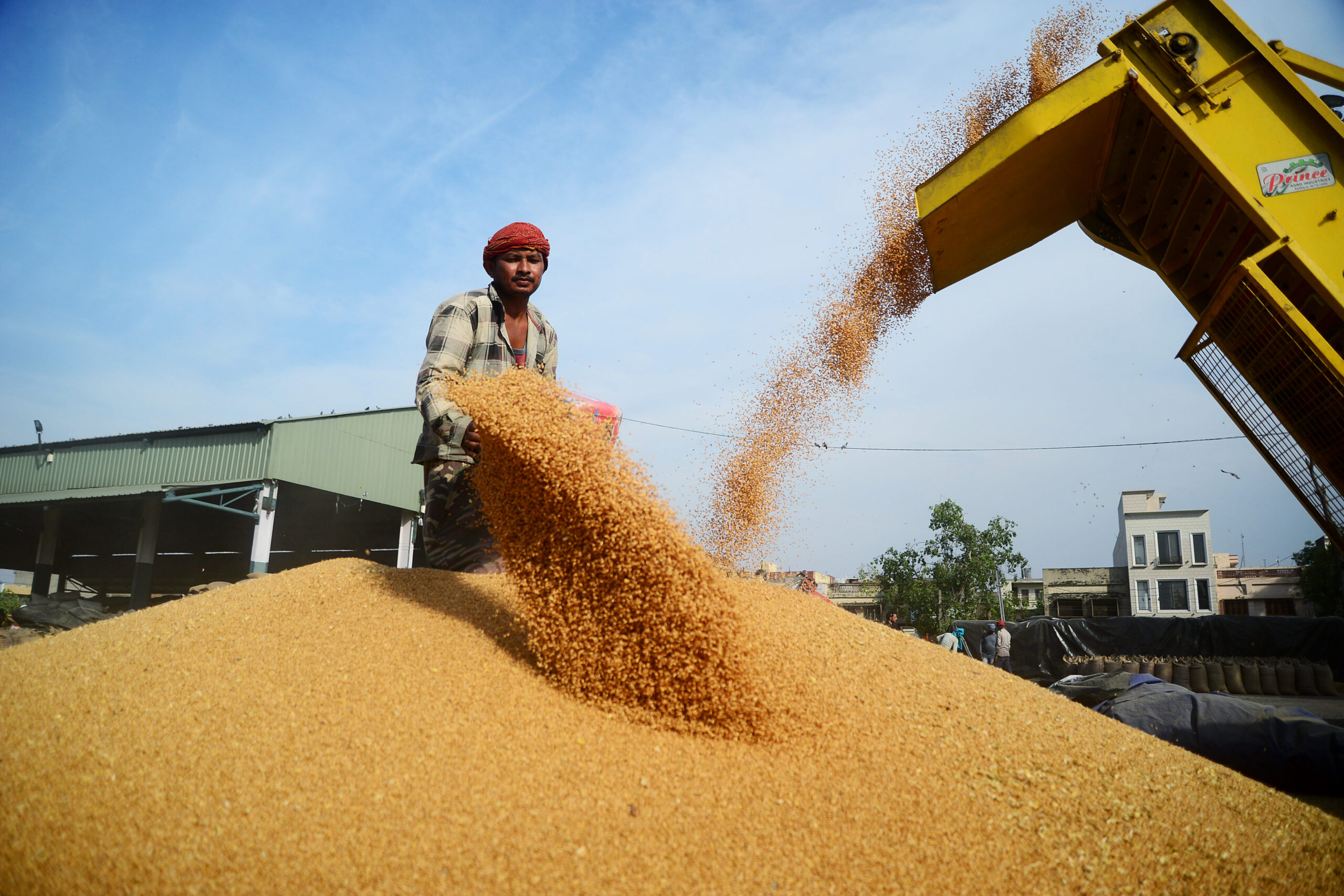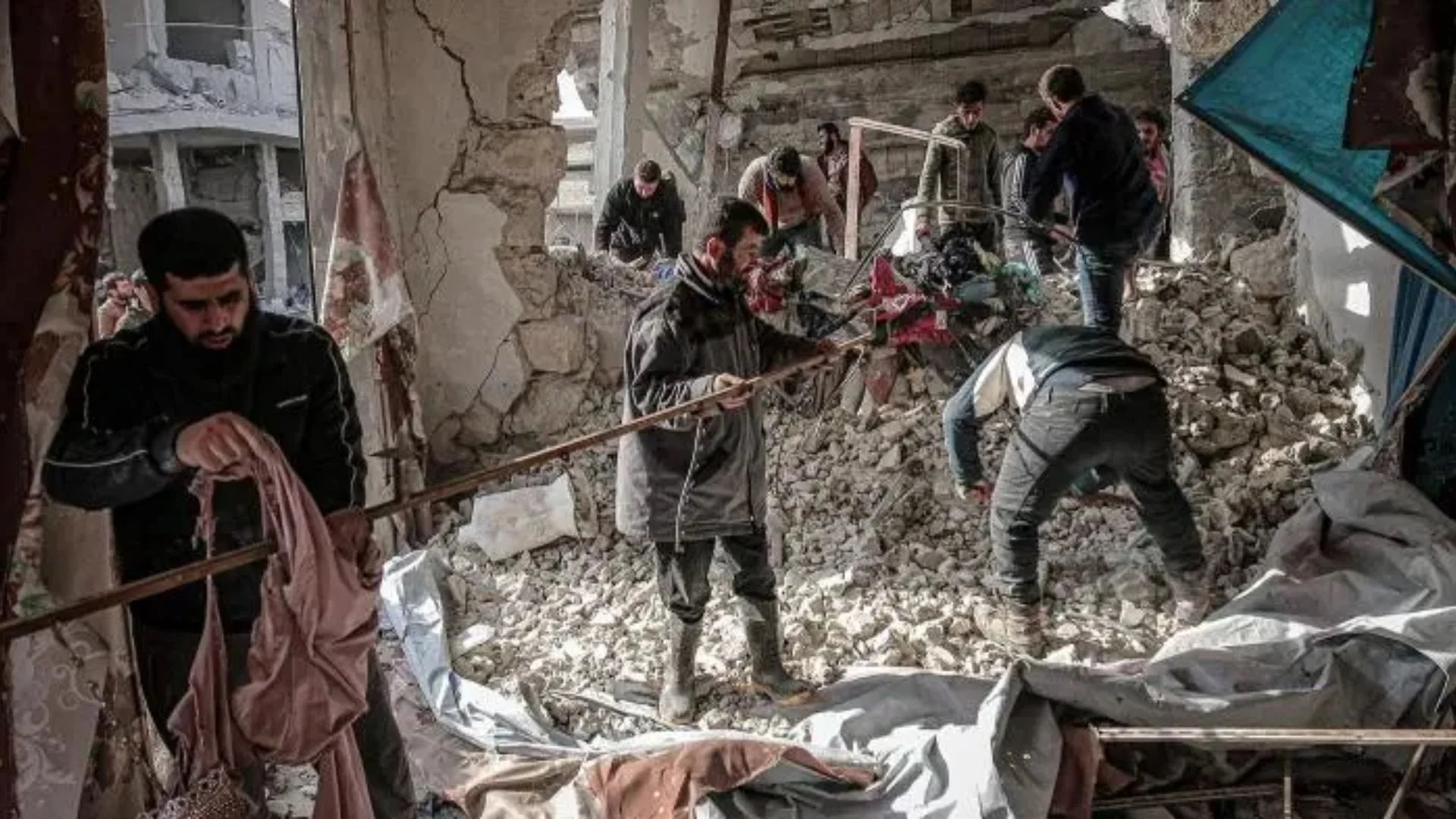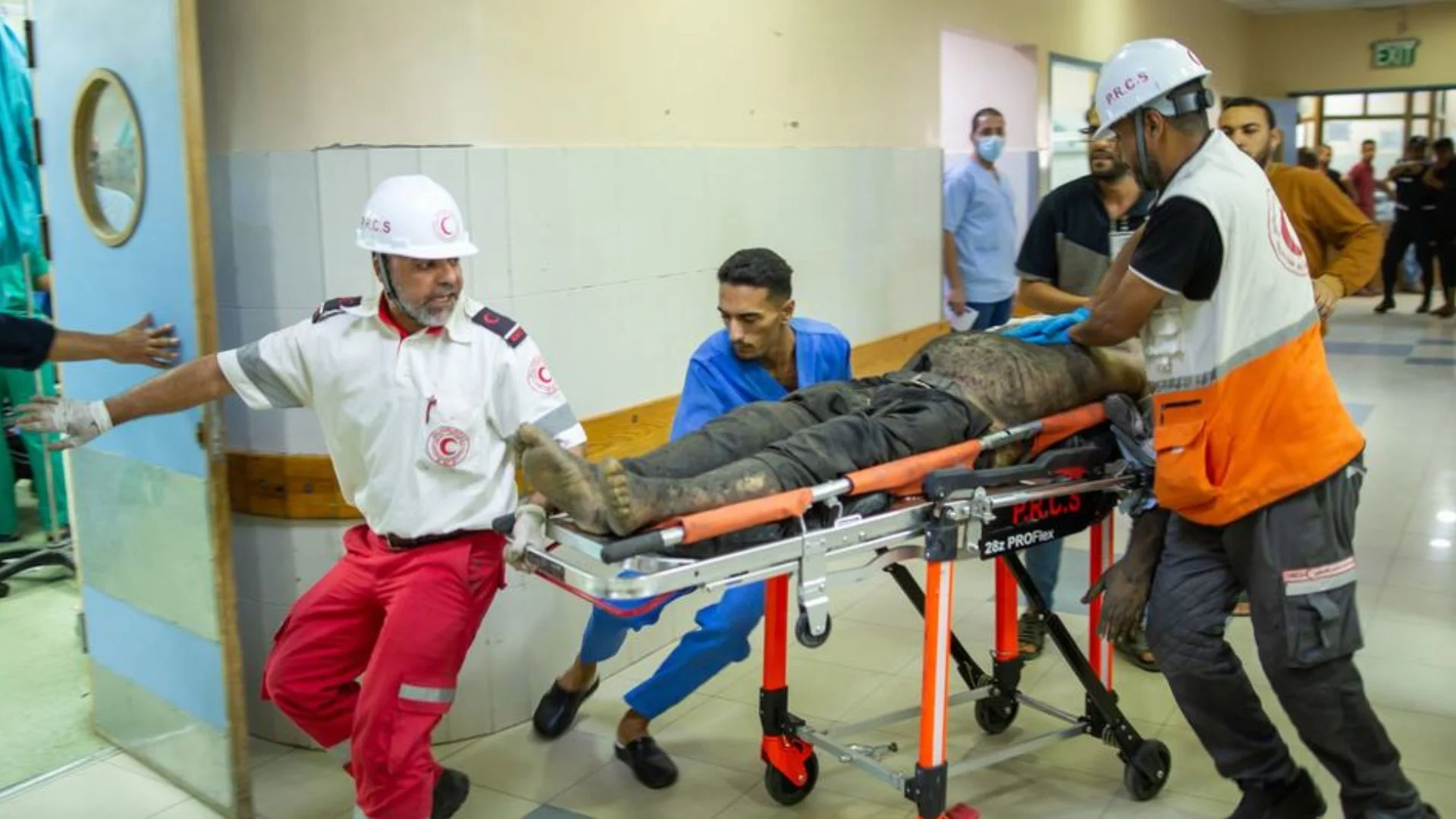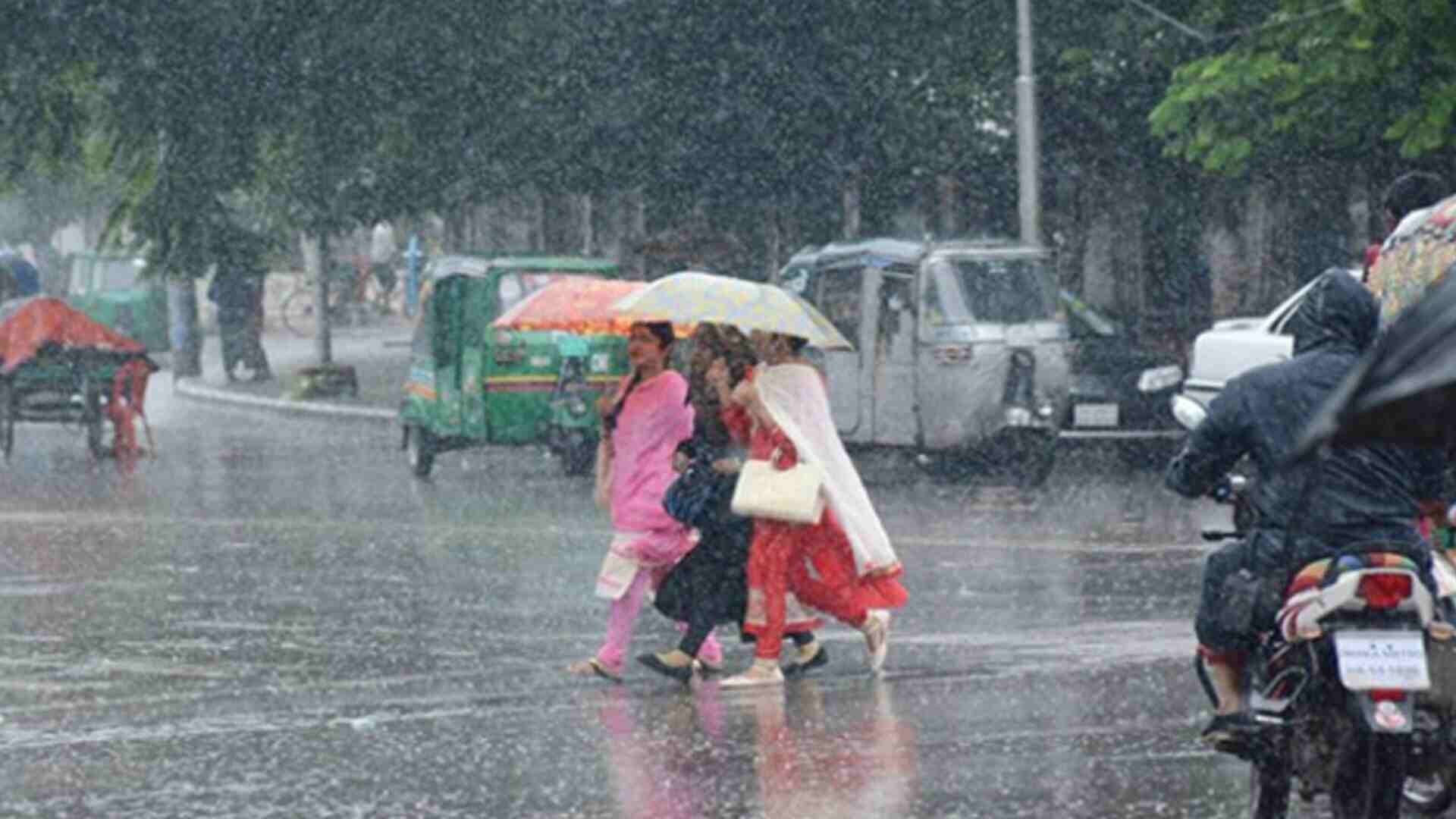In Karnataka, the historic rivalry between the Lingayats and the Vokkaligas has determined the direction of state politics, with both of these influential castes enjoying high political representation despite their small populations. As per an estimate, Lingayats and Vokkaligas have a share of around 14 to 16 percent and 10 to 11 per- cent, respectively, of Karnataka’s total population, but lawmakers belonging to these two castes won roughly half of the seats (out of 224) in the 2018 Assembly election in the state.
While Lingayats are influential in north and central Karnataka, Vokkaligas, a peasant caste, are dominant in 11 districts in south Karnataka, with a strong political presence in Hassan, Mandya, Ramanagara, and Bengaluru Rural districts. Even though the Bharatiya Janata Party (BJP) has managed to establish a strong base across Karnataka over the past three decades, it is perceived as a Lingayat backed party, and the Vokkaliga-dominated parts of south Karnataka or “Old Mysore” (as this region is also known because it is contiguous with the former borders of the princely state of Mysore) have largely remained impervious to its influence.
The region, apart from its urban pockets where the BJP has a considerable base, has traditionally elected MLAS from the Congress and the Janata Dal (Secular) JD(S). In the BJP’s calculations, it must make inroads in this region in the run-up to the assembly election slated for April/May 2023 in order to win a simple majority. Since 2004, with the exception of the Congress in 2013, no party has won a simple majority in assembly elections in Karnataka. Sugarcane is the major agricultural crop in south Karnataka. Irrigated by the bounty of the Cauvery river, swathes of sugarcane fields dominate the landscape across this region.
Members of the Vokkaliga community are not loyal to one political party and vote intelligently based on who has the potential to become the Chief Minister. There will be an improvement in the vote share of the BJP here because of gestures such as the installation of Kempegowda’s statue and the organised way in which the party’s cadre is going about its work.
Busloads of Vokkaligas from Nagarakere and other villages in Maddur taluk were ferried to the Kempegowda International Airport located on the outskirts of Bengaluru on 11 November for Prime Minister Narendra Modi’s unveiling of the 108-foot-tall bronze statue of Kempegowda. The highly publicised event was the BJP’s most aggressive attempt yet at reaching out to the Vokkaligas. Kempegowda, who was a vassal locations across the state. All seven MLAs who won in 2018 belonged to the JD (S) of former Prime Minister H.D. Deve Gowda, which is now led by his son and former Chief Minister, H.D. Kumaraswamy.
One of these seven MLAs, K.C. Narayana Gowda, who represented K.R. Pet, switched over to the BJP in 2019 and managed to retain his seat in the BJP supporters take part in a roadshow of the Vijayanagara Empire in the 16th century and is credited with founding Ben- galuru, is considered to be an icon for the Vokkaligas. The unveiling was preceded by the party’s concerted campaign to collect “mrittika” (holy soil) from 22,000 sequent byelection, the saffron party’s first win in the Vokkaliga bastion. Some strongly feel that the BJP’s attempts at communal- izing the Vokkaligas would only have limited impact. The latest attempt by the BJP is to create two mythical
They have also tried to create an aura for the BJP as the party that gave prominence to Kempegowda. All this will have an impact only on a small section of Vokkaligas described as ‘pant Vokkaligas’ (urban educated sections) and not on the ‘chaddi Vokkaligas’ (rural agriculturalists). Rural Vokkaligas are more bothered by agricultural issues, and for most of them, Deve Gowda is the patriarch of the community. Prominent Vokkaliga leaders of the BJP such as R. Ashoka, C.N. Ashwath Narayan, and Dr. K. Sudhakar (all three are ministers; Sudhakar moved to the BJP from the Congress in 2019) are pant Vokkaligas, and they do not have a large following among the rural Vokkaligas.
The BJP’s byelection victory in K.R. Pet in Mandya district in December 2019 amounted to a breaching of the JD(S)’s Vokkaliga fortress and was a huge morale booster for the party. The JD(S), which is a Vokkaliga party that revolves around the halo of Deve Gowda and Kumaraswamy, had been written off in the past but surprised observers by coming back strongly to play the role of kingmaker or even become the ‘king’ (Kumaraswamy had two truncated terms as Chief Minister, allying with the BJP and the Congress, respectively).
It has retained a vote share of 18 to 20 percent over the past five elections. Soon after Modi unveiled Kempegowda’s statue, Kumaraswamy made a combative comment: “They [the BJP] believe that installing a statue will help them gain the votes of Vokkaligas. They are under an illusion.” While Lingayats are in- fluential in north and central Karnataka, Vok- kaligas, a peasant caste, are dominant in 11 dis- tricts in south Karnataka.
Since 2004, with the ex- ception of the Congress in 2013, no party has won a simple majority in assembly elections in Karnataka. Prime Minister Narendra Modi unveiled the 108-foot- tall bronze statue of Kempegowda at Kempegowda International Airport, located on the outskirts of Bengaluru, on 11 November. The reign of 18th-century Mysore ruler Tipu Sultan has become contentious in Karnataka as members of the BJP have accused him of being a religious bigot. A recent Kannada play, written by a playwright sympathetic to the BJP, portrayed two Vokkaliga soldiers as having killed the Muslim ruler. KC Reddy, Kengal Hanumanthaiah, Kadidal Man- jappa, H. D. Deve Gowda, S. M. Krishna, H. D. Kumaraswamy, and Sadananda Gowda are the chief ministers of the state and belong to the Vokkaliga community.

